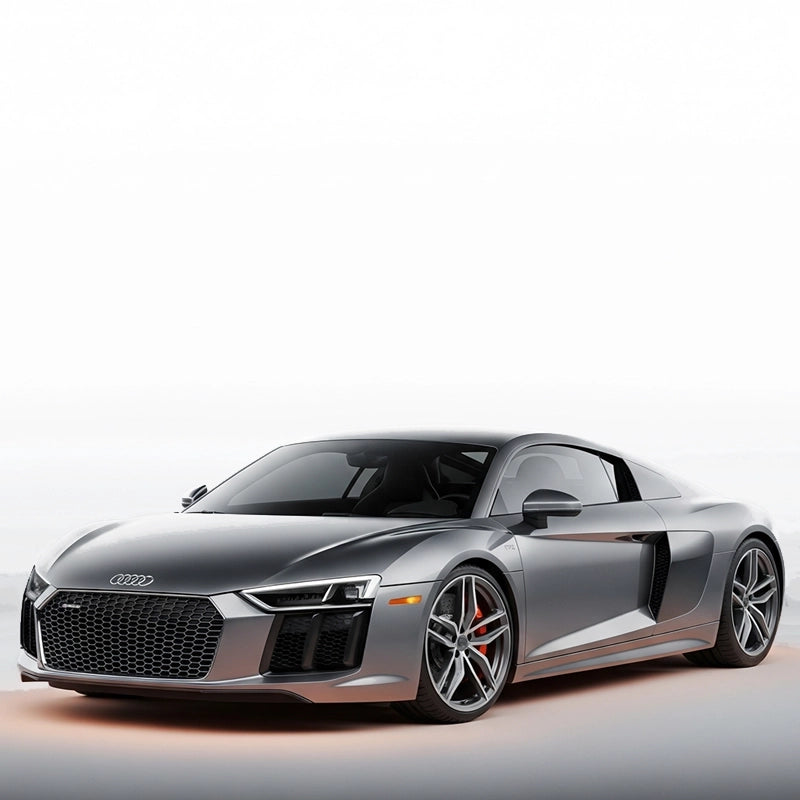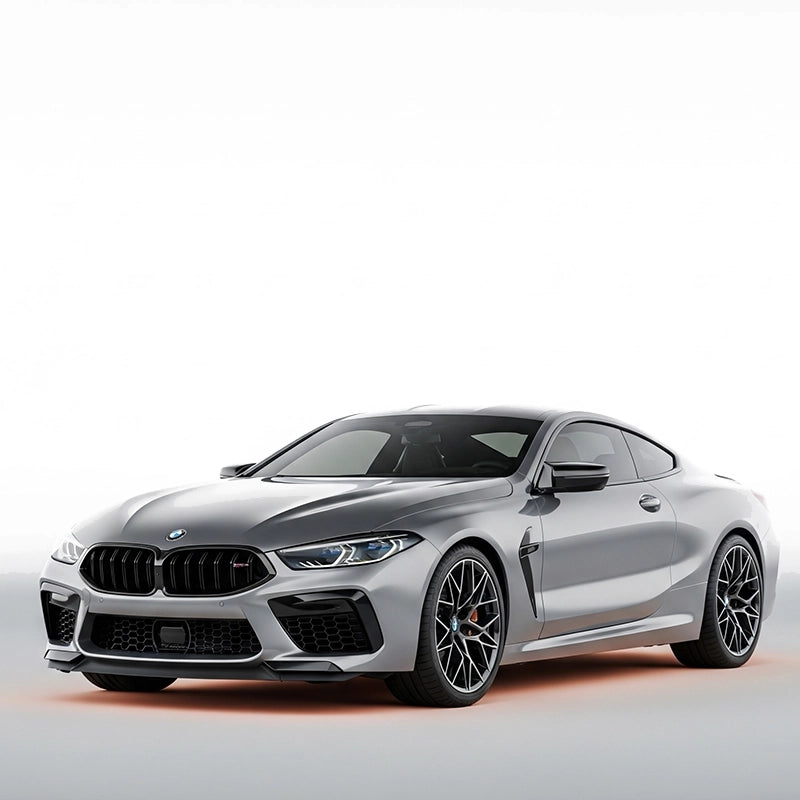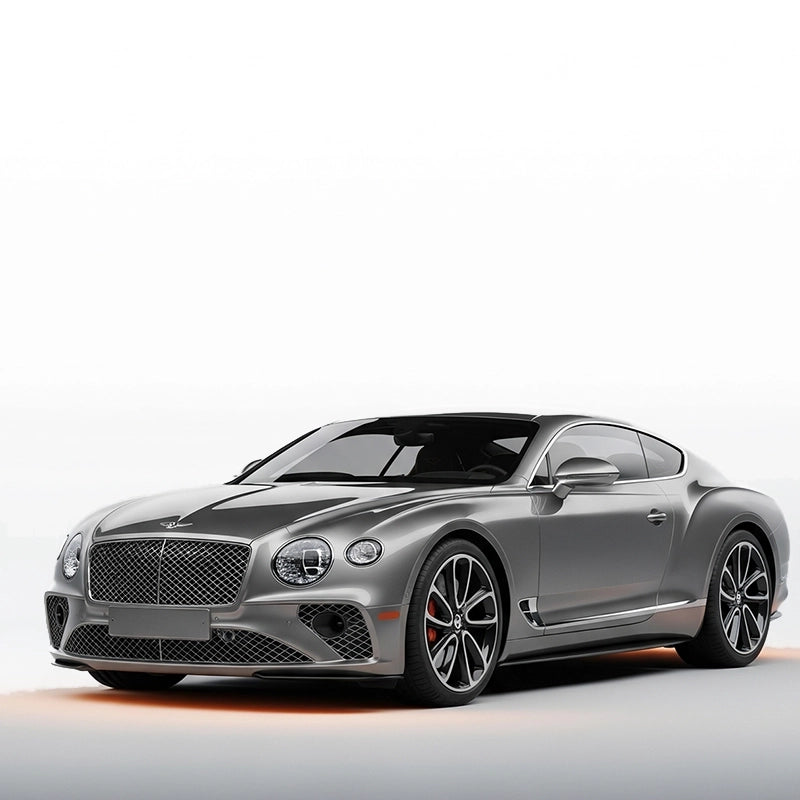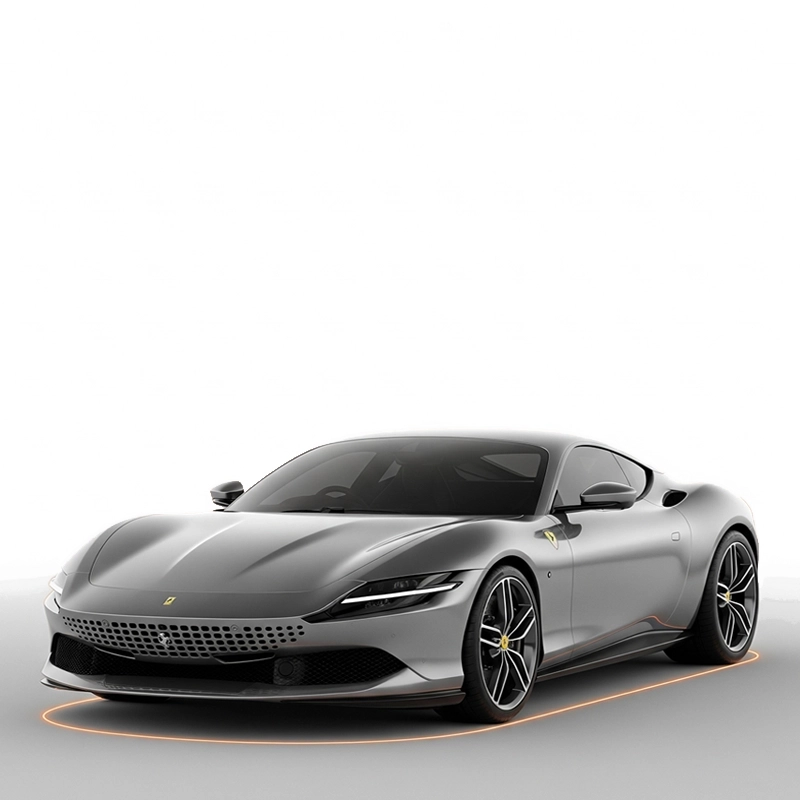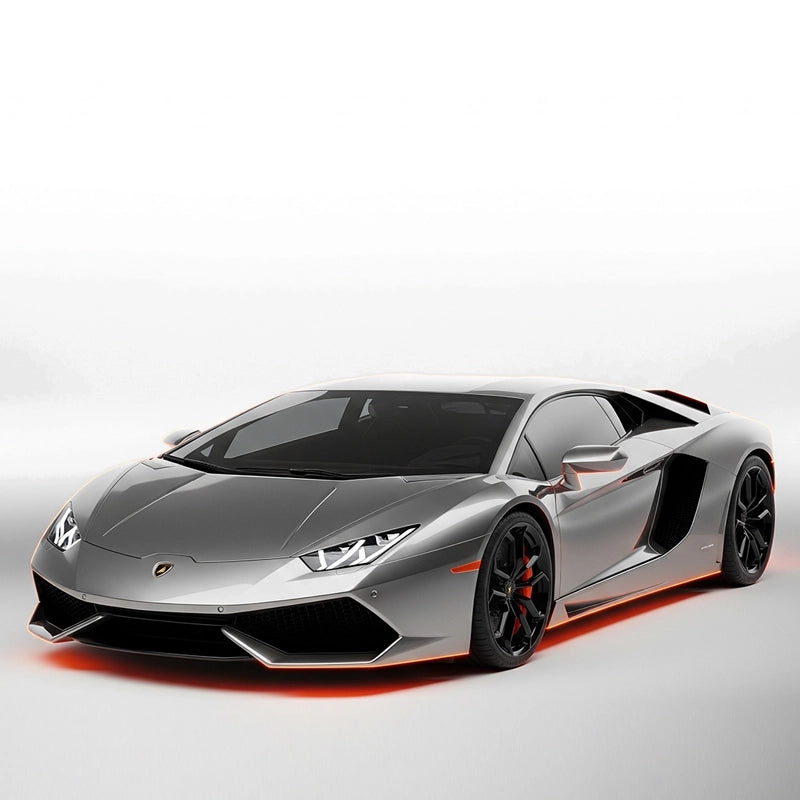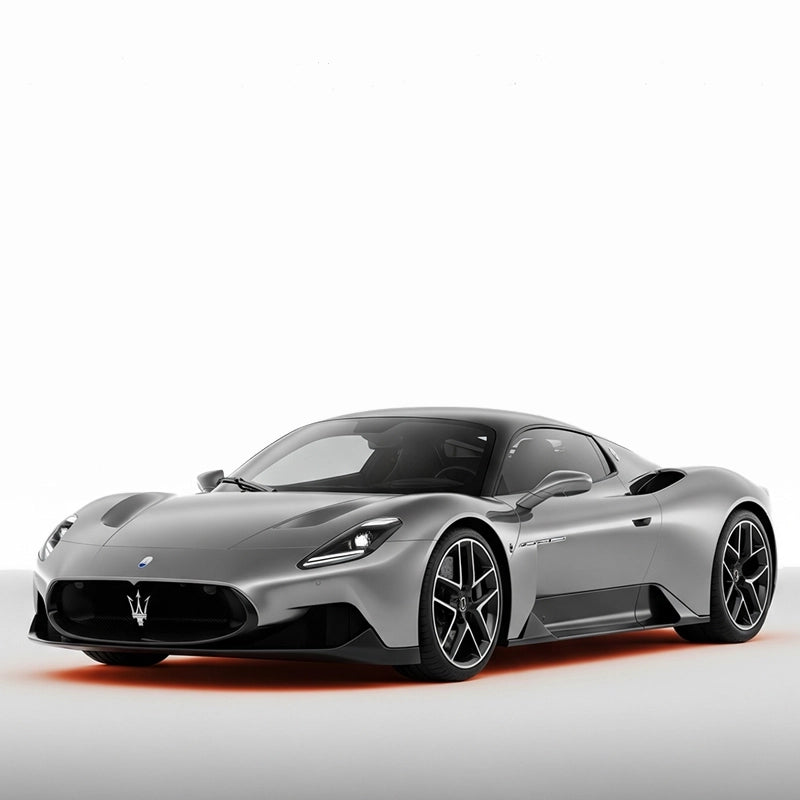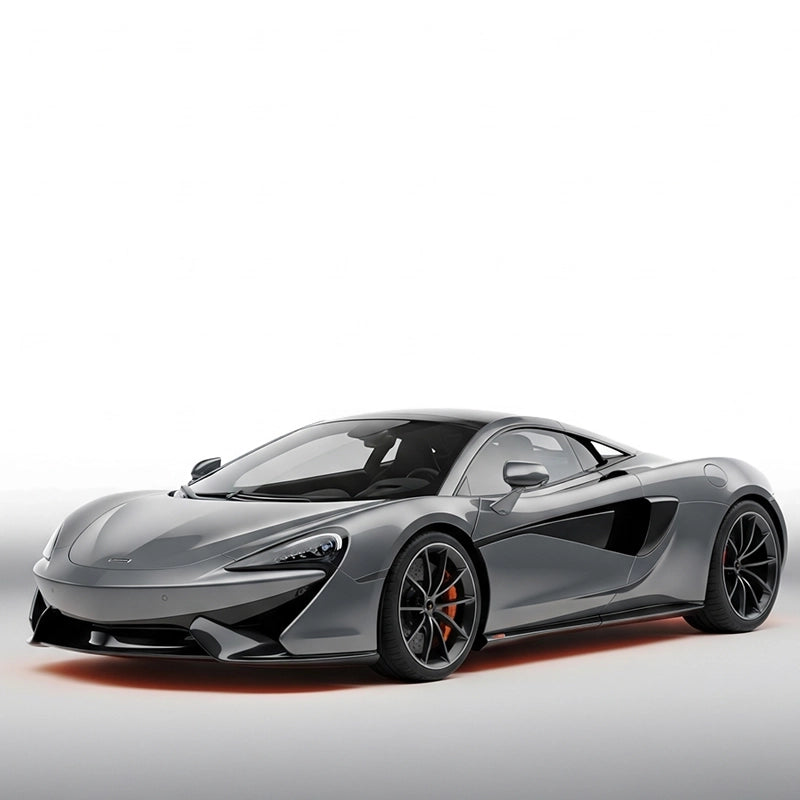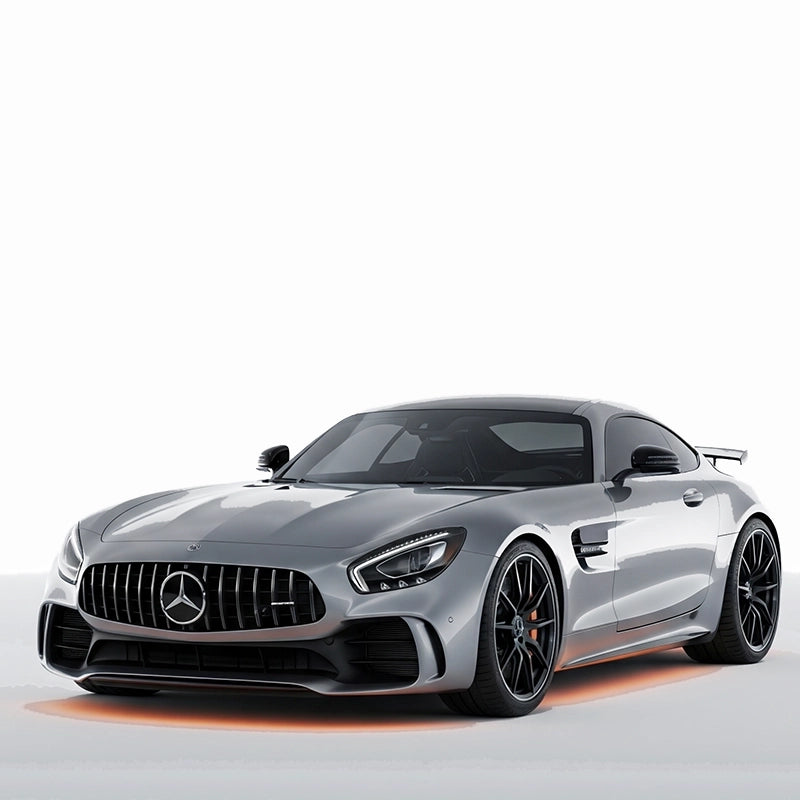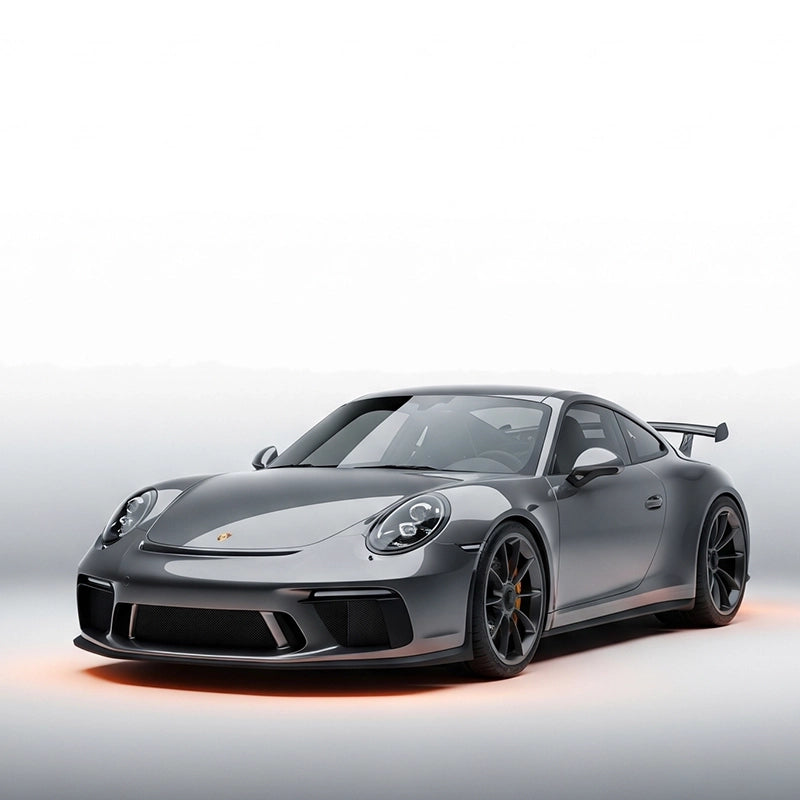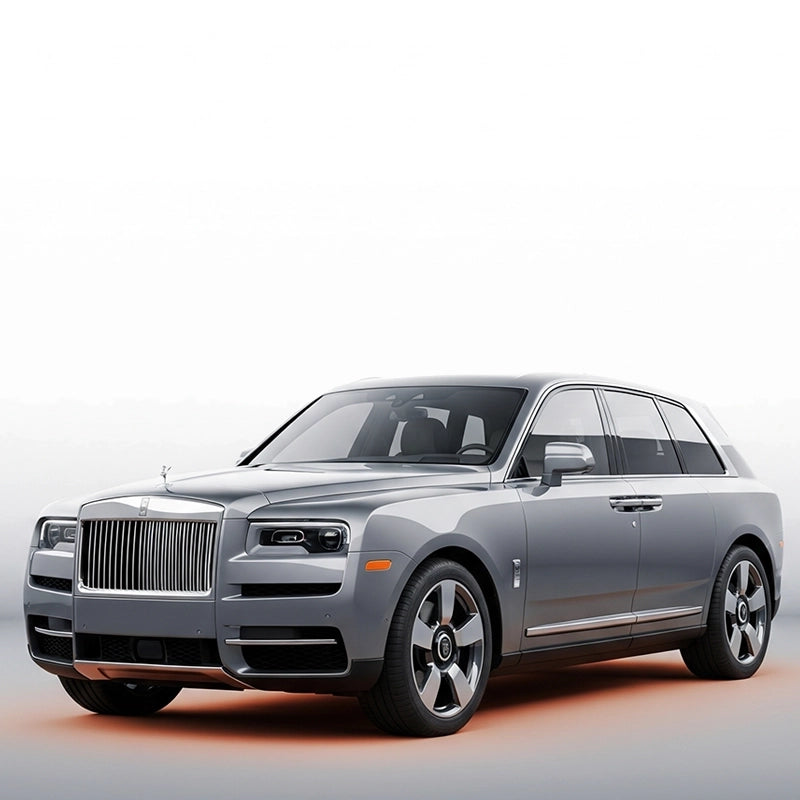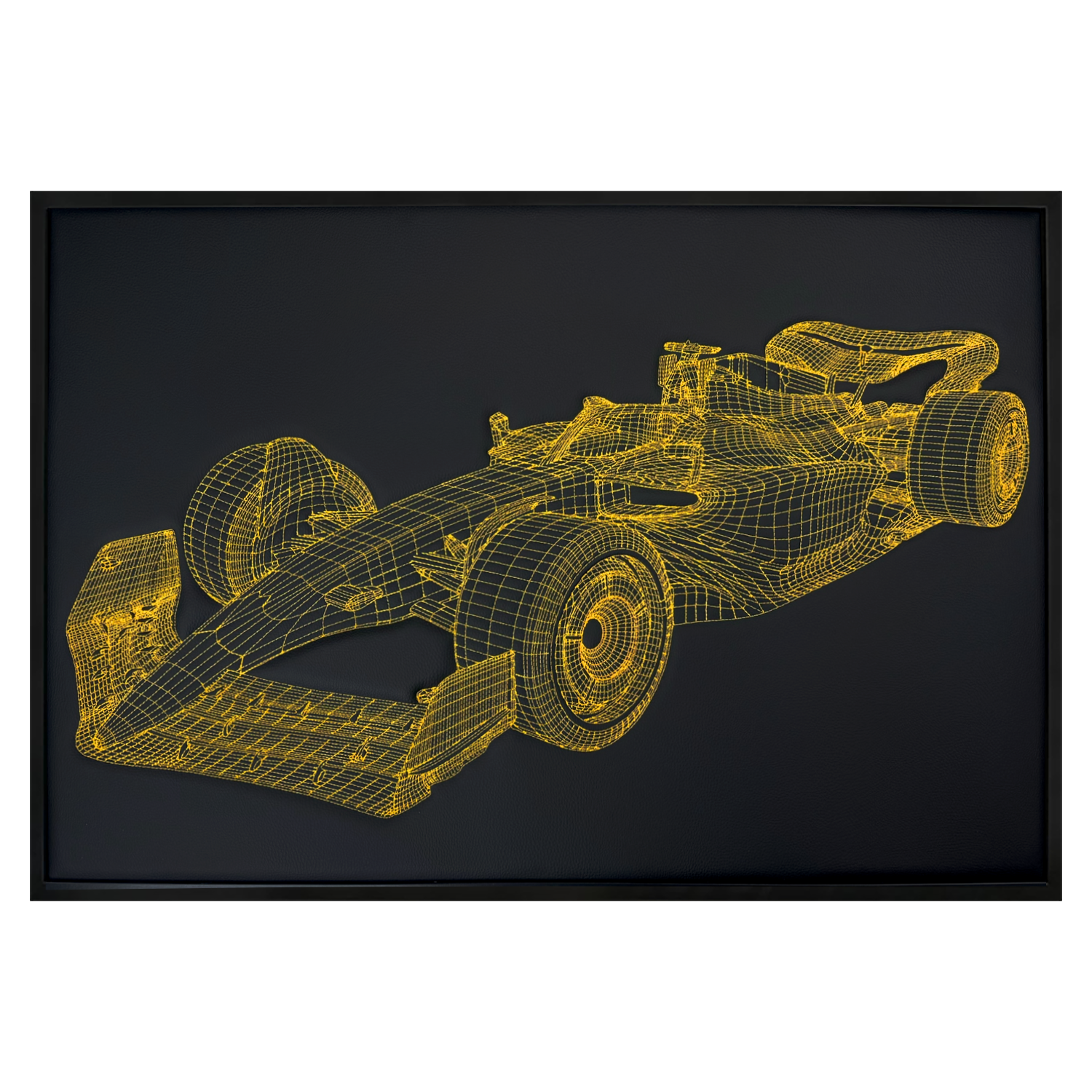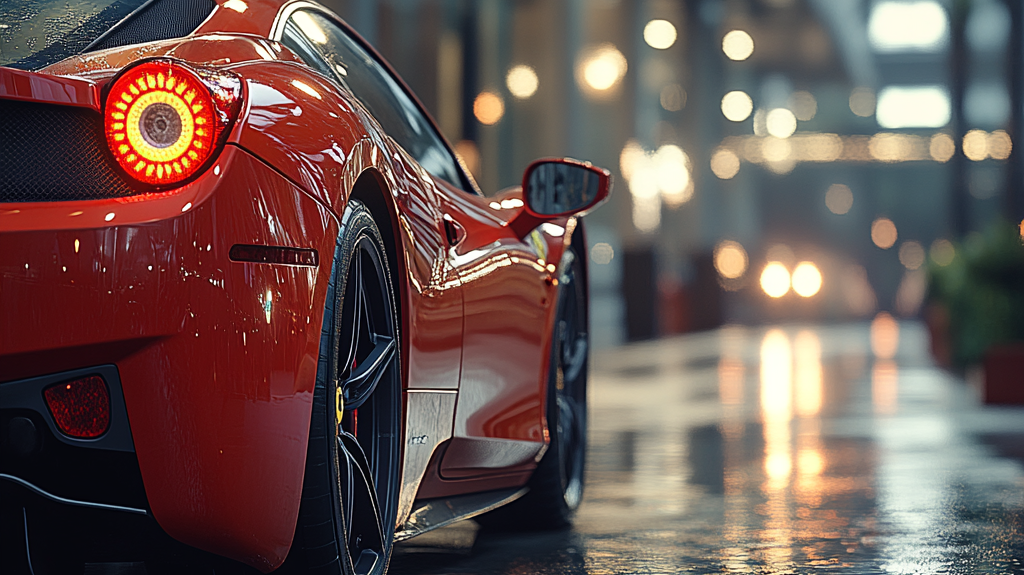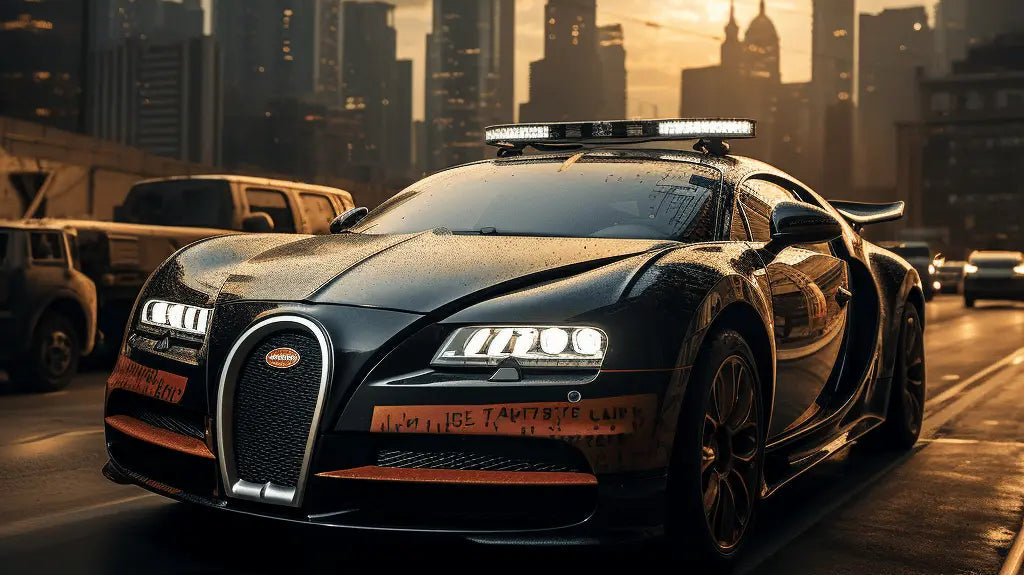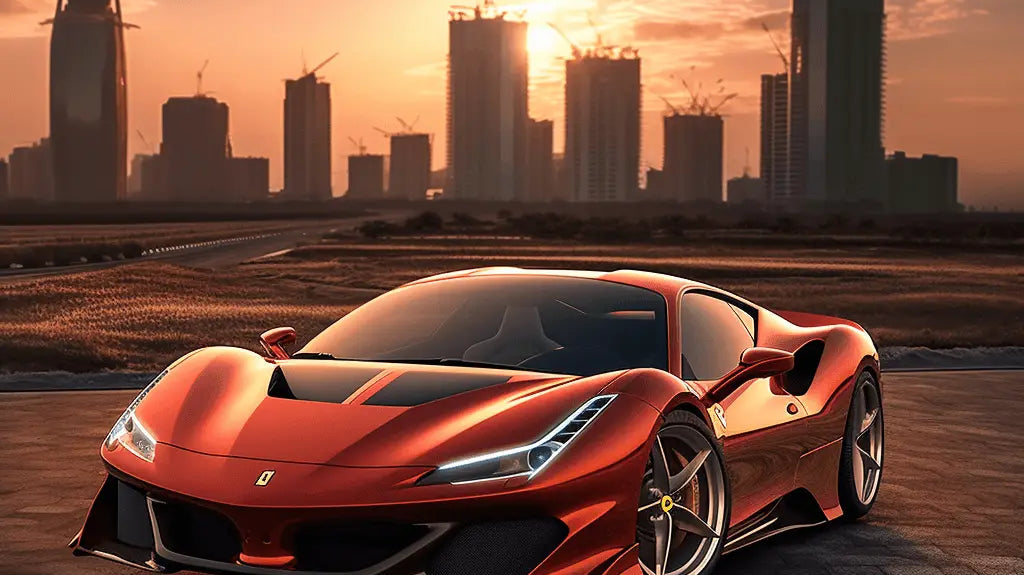BMW 3 Series F31 5-Door Wagon (2012–2019): The do-it-all BMW that still makes me smile
I’ve always had a soft spot for the BMW 3 Series wagon. The BMW 3 Series F31 5-Door Wagon is the one I keep coming back to—because on a drizzly Tuesday school run or a spirited Saturday breakfast blast, it just works. It looks tidy, swallows a week’s worth of life, and still drives like a proper BMW. When I first put miles on an F31 over battered backroads outside town, I noticed right away how it felt planted and eager, even with a boot full of camera gear. Practical? Yep. But it never forgets it’s a driver’s car.

Unraveling the history of the BMW 3 Series F31 5-Door Wagon
Launched in 2012 as the wagon sibling to the F30 sedan, the F31 arrived with a clear mission: keep the 3 Series’ trademark balance and steering feel, add real-world space, and avoid looking like a box on wheels. Job done. Sleek roofline, long bonnet, short overhangs—recognizably BMW, just with a more useful tail. It ran through the 2019 model year, bowing out as one of the last compact premium wagons sold in meaningful numbers to people who refuse to drive crossovers.
Did you know? The F31’s rear glass opens separately from the tailgate—handy when your garage is tight or the dog’s nose is already on the parcel shelf.
Engines and performance: how the BMW 3 Series F31 5-Door Wagon moves
Depending on where you live, you’ll find a mix of petrol and diesel F31s. The common ones:
- 320i: 2.0-liter turbo four, smooth and willing; around 180–184 hp early on, later closer to 184–190 hp. Think brisk, not wild.
- 328i/330i: 2.0-liter turbo four with more punch; roughly 240–252 hp depending on year. Feels properly quick, especially with the ZF 8-speed.
- 340i: 3.0-liter turbo straight-six, around 320–326 hp and heaps of torque. This one turns the F31 into a sleeper. 0–60 mph in the mid-4s if you hook up.
- 320d/330d (markets outside the U.S.): diesel torque monsters; the 320d sits around 184–190 hp with stout mid-range, the 330d is a real Autobahn tool.
I’ve driven both xDrive (AWD) and rear-drive versions. Rear-drive is lighter on its feet; xDrive gives you that “snow day? still going” confidence. Either way, the steering has that old-school BMW honesty—quick, accurate—and the chassis encourages you to take the long way home. My only gripe? On rough tarmac, cars on run-flat tires can thump. Swap to good non-run-flats and it relaxes without losing precision.
Living with the BMW 3 Series F31 5-Door Wagon: space, tech, and daily sanity
Numbers first: you get roughly 495 liters (17.5 cu ft) of cargo space with the seats up and around 1500 liters (53 cu ft) with them folded. Translation: it’ll eat strollers, bikes (front wheel off), a week of groceries, and the occasional flat-pack furniture impulse purchase. I’ve done a three-adult, two-kid, one-dog weekend in one—no one complained (much), and yes, the dog approved the load floor height.
- Quiet cabin at speed—you can hear the kids arguing in back without shouting. Yay?
- Supportive seats that actually fit adults on long trips.
- iDrive is logical once you get used to it; older cars can feel a touch laggy on cold mornings, but the rotary controller still beats clumsy touch-only setups.
- Optional adaptive dampers help straddle comfort and control; tick that box if you can.
Side tip: If you regularly carry tall cargo, the adjustable cargo floor and clever underfloor storage keep straps and tools from rolling around like loose marbles.
BMW 3 Series F31 5-Door Wagon vs. the rivals
| Model | Typical powertrains | 0–60 mph (approx.) | Cargo (seats up/down) | Character |
|---|---|---|---|---|
| BMW 3 Series F31 Wagon | 320i/330i/340i, 320d/330d | 5.9–4.6s (engine dependent) | ~17.5 / ~53 cu ft | Best steering feel; driver’s choice |
| Audi A4 Allroad | 2.0T quattro | ~5.3–5.7s | ~24.2 / ~58.5 cu ft | Plusher, more ground clearance |
| Mercedes C-Class Wagon (S205) | C200–C300, diesels in EU | ~6.0–7.0s | ~17.3 / ~53.3 cu ft | Refinement king; not sold in the U.S. |
| Volvo V60 | T5/T6, diesels in EU | ~6.0–5.3s | ~23.2 / ~50.9 cu ft | Scandi style, comfy seats for days |
Parts and accessories: easy wins for your BMW 3 Series F31 5-Door Wagon
There’s a healthy ecosystem of upgrades out there—intake/exhaust tunes for the fours and sixes, suspension tweaks, and useful daily add-ons. If you’re starting inside, good floor mats are a no-brainer. They keep winter slush and family mess from staining your carpets and instantly make the cabin feel more premium.
For a ready-made, model-specific fit, I’ve tried AutoWin’s tailored sets and liked the coverage and heel-pad durability. They’re cut to the footwells of the 3 Series F31, clip in properly, and don’t curl at the edges (my pet peeve).

Shopping is straightforward via the AutoWin e-shop—quick checkout, clear fitment labels for the F31, and shipping that actually turns up when it says it will.

What’s great—and what’s not—about the BMW 3 Series F31 5-Door Wagon
- Chassis balance that encourages driving for the sake of it.
- Genuinely useful cargo space without SUV bulk.
- Engines from thrifty to thunderous (hello, 340i).
- Rear glass opens independently; you’ll use this more than you think.
- Quirk: ride can be firm on run-flats; non-run-flats improve comfort.
- Quirk: early infotainment feels dated today, but it’s robust and easy to learn.
Answering common questions about the BMW 3 Series F31 5-Door Wagon
Is my BMW an F30 or F31?
Simple: F30 is the 4-door sedan. F31 is the 5-door wagon. Count the doors and check the tail—if it’s a long roof with a hatch, it’s an F31.
Is the BMW 3 Series F31 5-Door Wagon good?
Yes—one of the segment’s sweet spots. It blends the 3 Series’ handling with wagon practicality. With engines like the 330i and 340i, it’s quick enough to embarrass hot hatches while hauling skis or a Labrador.
What was the last model year of the 3 Series wagon?
The F31 wagon ran through the 2019 model year. That’s the final iteration for this generation.
What’s the difference between the F31 320d and 320i?
Powertrain and personality. The 320d is diesel: excellent economy and strong mid-range torque—great for long motorway slogs. The 320i is petrol: revvier, smoother at the top end, and a touch quieter around town.
Any buying tips for a used F31?
Look for full service history, check for even tire wear (alignment/arms), inspect the tailgate wiring for wear, and test the adaptive dampers if fitted. If it rides harshly, budget for fresh shocks and a switch to quality non–run-flat tires.
Final word: why the BMW 3 Series F31 5-Door Wagon still matters
The BMW 3 Series F31 5-Door Wagon is that rare thing: a practical car that stays interesting long after the new-car smell fades. It’s easy to live with, rewarding to drive, and handsome without shouting. If your weekends look like ski runs, flea markets, or coastal getaways—and your weekdays are traffic, school runs, and meetings—this is the BMW that covers both without compromise.
FAQ
- What engines are most reliable in the F31? The 320i/330i four-cylinders and the 340i straight-six are strong with proper maintenance; diesels are robust if serviced on time.
- Does the F31 have xDrive? Yes, markets offered rear-wheel drive and xDrive (AWD) options depending on trim and region.
- How much can it carry? About 495 L (17.5 cu ft) seats up, around 1500 L (53 cu ft) seats folded—plus underfloor storage.
- Is the suspension adjustable? Many cars have optional adaptive dampers; Comfort mode for commuting, Sport when the road opens up.
- Can I retrofit newer iDrive features? Some owners do infotainment retrofits; just verify compatibility and coding requirements before buying parts.

